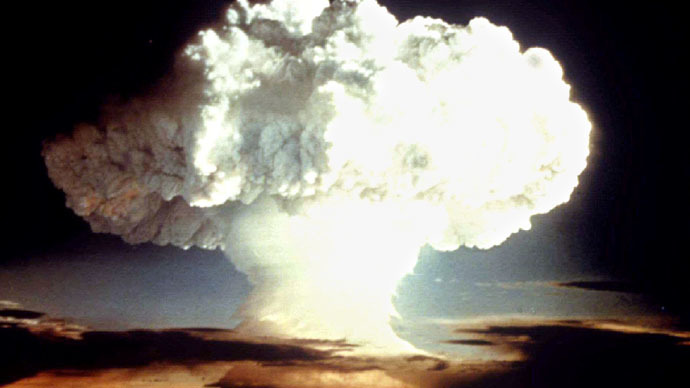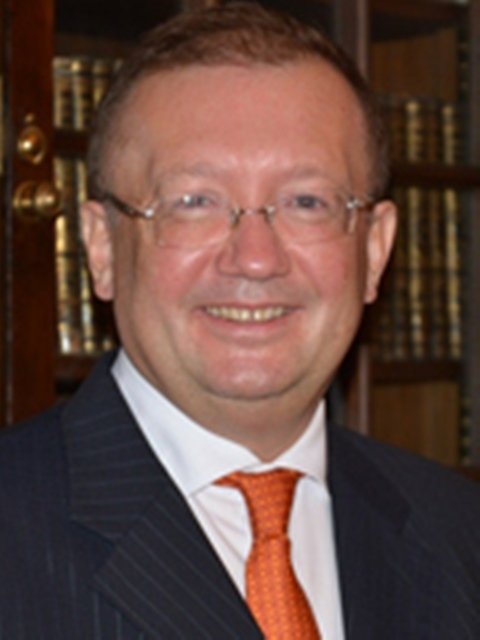Is nuclear disarmament possible?

Russia is constantly advocating further limitations and reductions in nuclear weapon stockpiles along with strengthening international regimes of arms control and non-proliferation.
At the heart of our approach is the need for responsible, pragmatic and gradual steps to be taken in this sphere aimed at finding effective ways to reduce the nuclear danger.
Within this context promotion
of the Non-proliferation Treaty is central to such efforts. We
believe that the attention of the international community should
be focused on the priority areas of nuclear non-proliferation,
disarmament and peaceful use of nuclear energy established by the
NPT. These are important tasks that should be further
implemented, including within the framework of the Action Plan
adopted at the 2010 NPT Review Conference. The Action Plan
contains the list of “64 practical steps” that states are
asked to take in support of these three pillars of the NPT, which
could contribute to the strengthening of the Treaty and serve as
a “scorecard” for measuring progress and ensuring there
would be accountability in this sphere.
The practical contribution made by Russia to the limitation and reduction of nuclear weapons is well-known: the Soviet-American Treaty on the Elimination of Intermediate- and Shorter-range Missiles, which opened the way for disarmament, the 1991 Treaty on the Reduction and Limitation of Strategic Offensive Arms (START), the 2002 Moscow Treaty on Strategic Offensive Potentials, and the 2010 Treaty between Russia and the United States on Measures for Further Reduction and Limitation of Strategic Offensive Arms.
The entry into force of the new Russian-American START Treaty presented a huge step in nuclear disarmament. The ceilings for the warheads established by the Treaty are one third lower than those of the Moscow Treaty, and for the means of delivery - half as much. It means that the nuclear arsenals of both countries will be reduced to the lowest level since the early 1960s. This is a huge achievement.
Further reductions should be discussed after all necessary steps to implement the new START Treaty have been taken. Negotiations on strategic offensive arms reductions are only possible if all the factors influencing strategic stability are duly taken into account. First of all, it concerns the plans of unilateral development of a strategic missile defense system, development of non-nuclear strategic offensive arms, potential deployment of weapons in outer space, increasing imbalances in conventional armaments, uncertainty over entry into force of the CTBT, etc.
We also listen to the calls of those, who propose a serious and responsible dialogue on "general and complete" nuclear disarmament. The main efforts in this sphere, as we strongly believe, should be focused on creating conditions that enable phased movement towards nuclear disarmament while strengthening strategic stability on the basis of principles of equal and indivisible security for all states. Without this it is hard to imagine how nuclear disarmament could be brought about. Building up trust between major powers is also a factor, including through universal commitment to multilateral diplomacy, collective action and international rule of law, based on the UN system.
The statements, views and opinions expressed in this column are solely those of the author and do not necessarily represent those of RT.
The statements, views and opinions expressed in this column are solely those of the author and do not necessarily represent those of RT.













